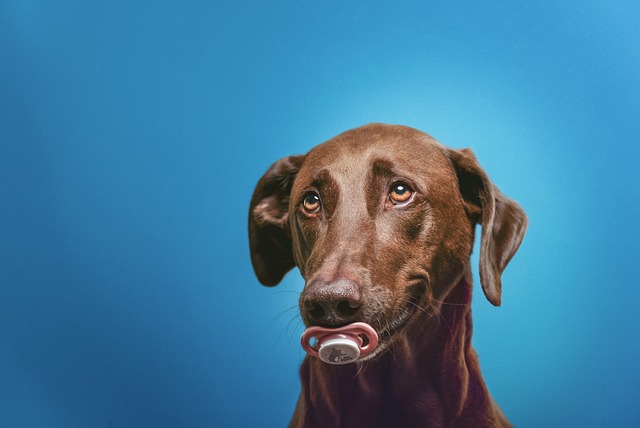
Does dog plaque powder really work
Does dog plaque powder really work? This is a question many new dog owners in Europe and the US, especially in the US, often ask.
That heartbreaking moment when your dog sniffs their bowl and walks away – again. Picky eating can turn mealtime into a frustrating standoff. But before you assume they’re just being stubborn, let’s explore the complex reasons behind food refusal, because understanding why is the first step to finding solutions that work for both of you.
First, rule out medical issues. This is non-negotiable and aligns with responsible pet ownership laws across the EU and US. Dental pain (broken teeth, gum disease), digestive upset, nausea, arthritis making bending difficult, infections, or chronic conditions like kidney disease can dramatically decrease appetite. Senior dogs may experience dulled senses of smell or taste. Always schedule a vet visit first to eliminate underlying health problems – ignoring this risks violating animal welfare principles by delaying necessary treatment.
If health checks out, consider food-related factors. Is the food stale or improperly stored? Has the formula changed recently (check the bag!)? Some dogs genuinely dislike certain proteins or textures. Low-quality kibble with excessive fillers might be unappealing. Palatability matters – compare options meeting AAFCO (US) or FEDIAF (EU) standards. Sudden food switches can also cause temporary refusal; transition slowly over 7-10 days. Ensuring freshness and suitability is key.
Now, let’s talk behavior and habits – often the biggest culprits. Dogs are masters of learning what works! If refusing kibble leads to tastier chicken or steak scraps, they’ve learned that holding out pays off. Free-feeding (leaving food out all day) can diminish their natural hunger drive. Feeding excessive high-value treats or table scraps between meals ruins their appetite. Stressors like loud noises, chaotic environments, or competition from other pets can also suppress eating. Consistency and routine matter hugely.

Human actions unintentionally reinforce pickiness. Giving in to pleading eyes, constantly changing foods hoping to find "the one," or adding rich toppers out of worry teaches your dog that persistence gets them upgrades. This creates a cycle where they expect something better and wait you out. Emotional feeding – offering food when they seem sad or bored – also confuses their natural hunger signals. Your reactions shape their expectations.
Addressing picky eating requires patience and strategy:
Vet-Cleared First: Never proceed without medical all-clear.
Establish Routine: Offer meals at consistent times in a quiet place. Remove the bowl after 15-20 minutes if uneaten – no snacks until next meal.
Limit Treats: Use tiny, low-calorie training treats only. Avoid table scraps completely.
Resist Upgrading: Stick to one nutritionally complete food. Adding mix-ins often backfires long-term.
Enhance Appeal Naturally: Warm the food slightly (test temperature!) or add a sprinkle of approved bone broth (low sodium, onion/garlic-free).
Ensure Exercise: Adequate physical activity stimulates appetite. A bored dog is rarely a hungry dog.
For severe cases or dogs losing weight, consult your vet or a certified veterinary nutritionist (look for DACVN or ECVCN credentials). They can assess if a different therapeutic diet is needed or rule out rare behavioral disorders. Remember, supplementing without guidance can cause nutritional imbalances and may contravene regulations on pet food safety in regions like Germany or California.
Understanding your dog’s reluctance isn’t about spoiling or stubbornness – it’s about decoding their needs. By prioritizing health checks, creating calm routines, resisting the urge to bargain, and partnering with your vet, you transform mealtime from a battle back into the nourishing, stress-free experience it should be. A healthy appetite reflects their overall wellbeing, nurtured by your informed and consistent care.

Does dog plaque powder really work? This is a question many new dog owners in Europe and the US, especially in the US, often ask.

from a whiff that smells like a dumpster behind a seafood shack, you know the struggle. Stinky dog breath isn’t just a nuisance—it’s a sign their mouth needs a little help.

That moment your excited pup greets you with a yawn that smells like old garbage and wet socks – it’s enough to make anyone recoil.

How do I relieve my dog's fever? It’s a question that makes any new pet parent’s heart race. You notice your pup is listless, avoiding their food bowl, and their ears feel warmer than usual—little signs that something’s off.

How long does a dog take to get rid of parvo? For new pet parents, few diagnoses spark more panic than this—imagining your playful pup suddenly lethargic, refusing meals, or struggling with diarrhea.

What to feed a dog with dental pain? Picture this: You set down your pup’s usual kibble, and instead of diving in, they sniff it, back away, and whimper softly.